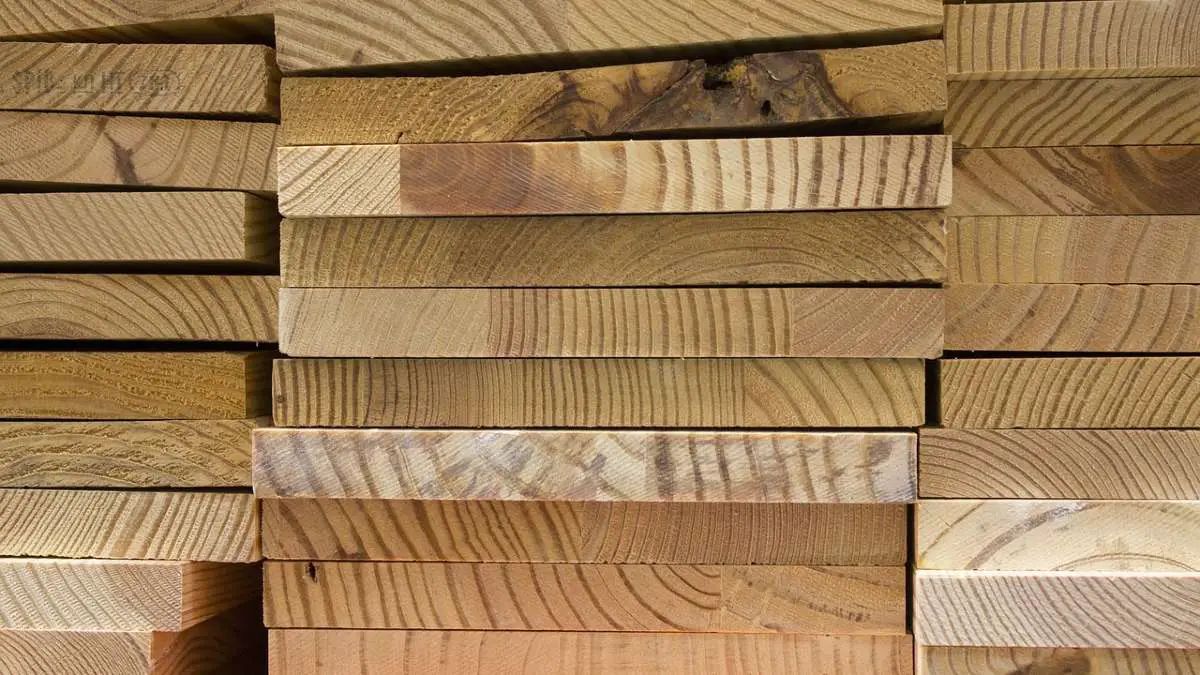Woodworking terminology is a bit different from the common math that you’re used to. While there are so many different aspects to measuring in carpentry, the linear foot and the board foot are pretty common standards but drastically different in definition.
A linear foot is what you get from a ruler, twelve inches in length and that’s the end of it. It’s simply a measurement of length. A board foot, however, is a three-dimensional measurement of the height, width, and thickness of a board. In other words, a board foot is all about volume.
How Is A Board Foot And A Linear Foot Used?
A linear foot is essentially a length of measurement. It’s carpenter terminology that takes the place of traditional, mathematical language. If you say that a board is three feet long, a woodworker will say that it is three linear feet.
Board feet are used in lumberyards and determine the price of wood being sold. They do this because boards can’t be sold just based on length, which is a two-dimensional concept. Since boards are three-dimensional, they have to be priced as such, therefore board feet are used.
To determine the board feet from a piece of lumber that is 12’ long, 6” wide, and 1” thick, you will use the formula for volume. In this case, Board Feet = (12’ x 6” x 1”) ÷ 12.
If you want, you can do the whole thing in inches, such as Board Feet = (144” x 6” x 1”) ÷ 144
When Do You Use Linear Feet?
Linear feet are used when all you need to do is measure the length of something. The actual thickness or “dimension” of the object in question is irrelevant because it’s not being used.
Occasionally, you can buy hardware by the linear foot, however, it’s generally reserved for door trim or something similar in nature.
If you want the length of the board, you would pull out your tape measure and measure the length of it. The result could be stated in linear feet.
When Do You Use Board Feet?
When you purchase wood from the lumber yard it’s almost always sold by the board foot, since the volume of the wood is an obvious inclusion in the total cost of the lumber.
Measuring and cutting by the board foot will make sense only when the depth of the board is a relevant issue.
If the depth of the board is relevant to your particular construction project, then you will want to use the above formula to measure the volume of the board. I discuss board feet in another post about Exotic Wood.

How Do You Convert Board Feet to Linear Feet?
Here’s the answer: You don’t.
OK, I’ll explain that: A board foot is a measure of volume. It’s a 3-dimensional concept covering Length, Width, and Height.
However, a linear foot has only one dimension, the length of what you are measuring. So, these units are not compatible and can not be converted from one to another. It would be like trying to convert miles into cubic inches.
Last But Not Least
Of course, there’s more to woodworking than just board and linear feet. There are also square feet and running feet. The point is, woodworking terminology is as interesting and full of depth and meaning as sailor terminology.
When it comes to linear and board feet, just think of it in terms of two-dimensions and three-dimensions and you’re well on your way into exploring a whole new world of math and languages of the woodworking trades.
Did you enjoy this post? If so, you might want to see my boards on Pinterest. They contain pins about Woodworking, DIY, Crafts, Projects, Tools, and related material.
Related Posts:
Can I Buy Exotic Woods Online?
Can An Electric Drill Be Used As A Screwdriver?
Can An Electric Drill Be Used As A Sander?
How To Make A Hole In Wood Without A Drill

